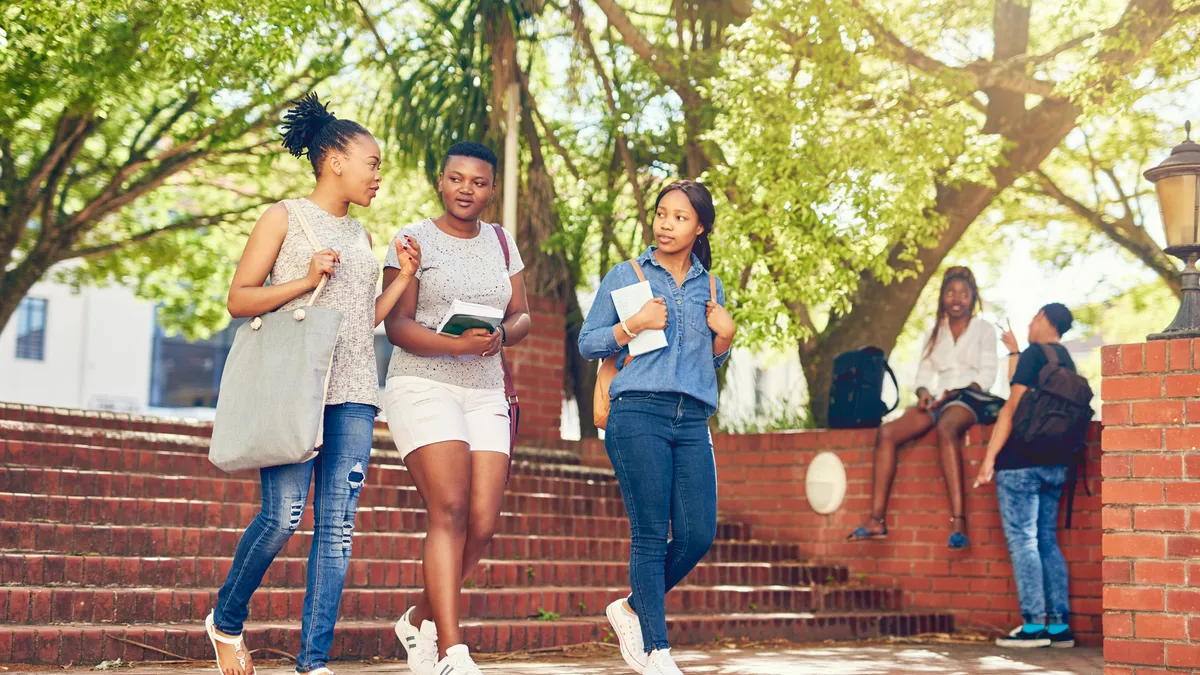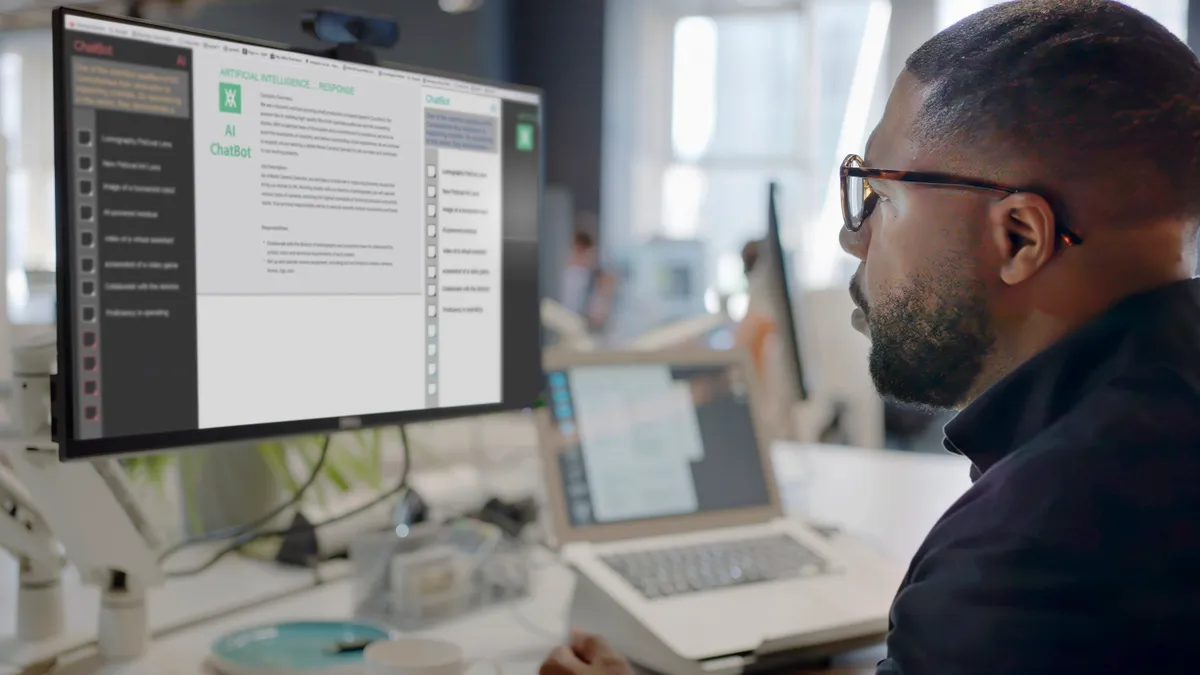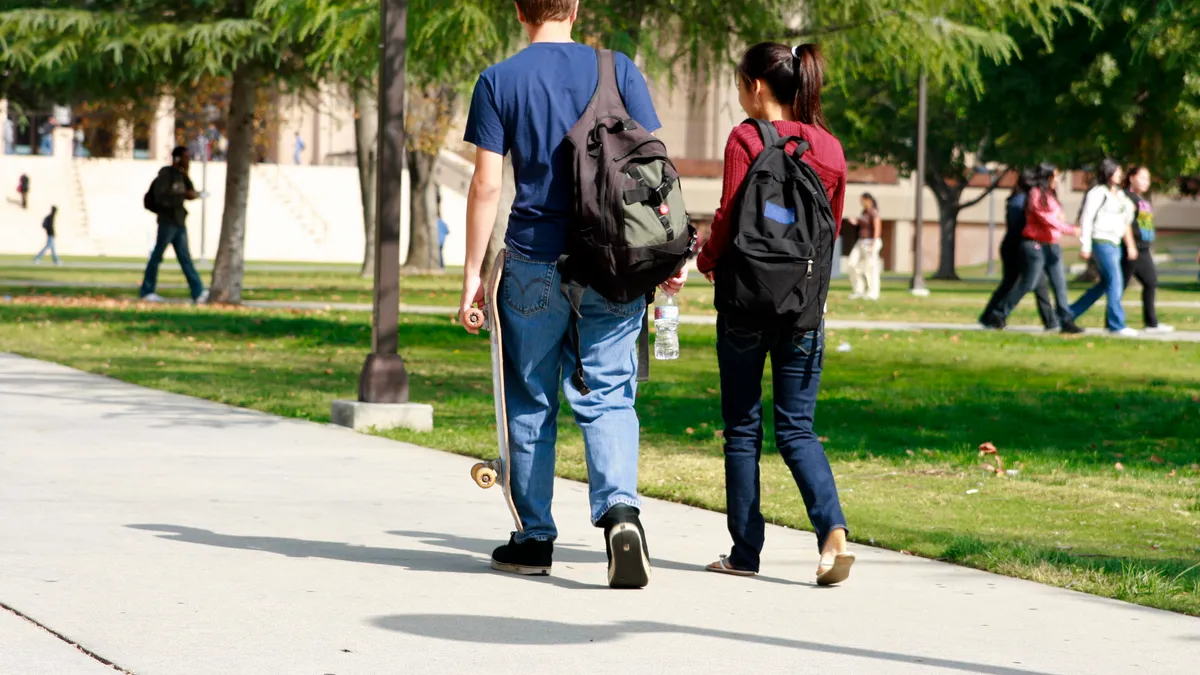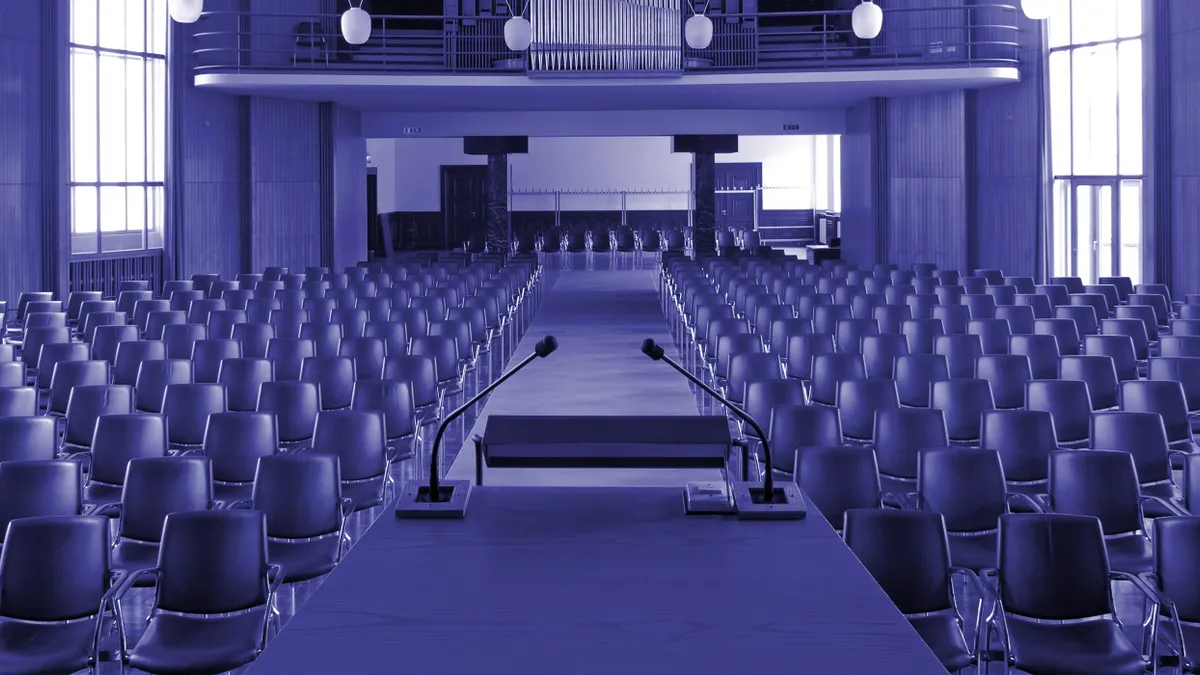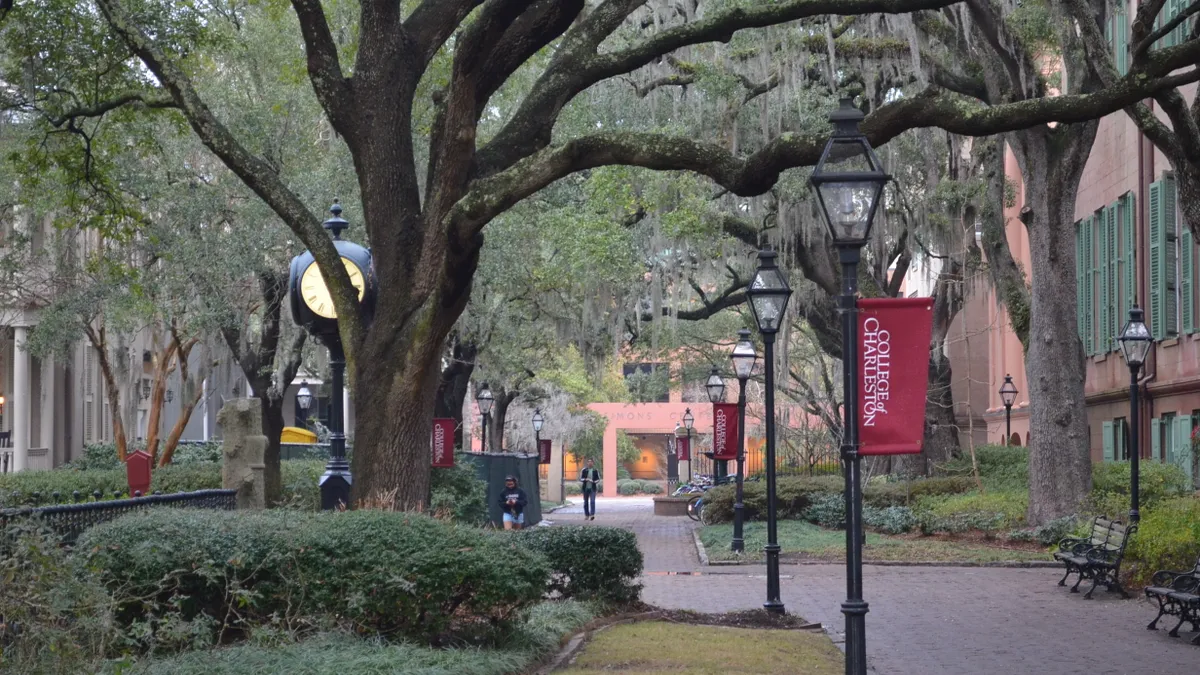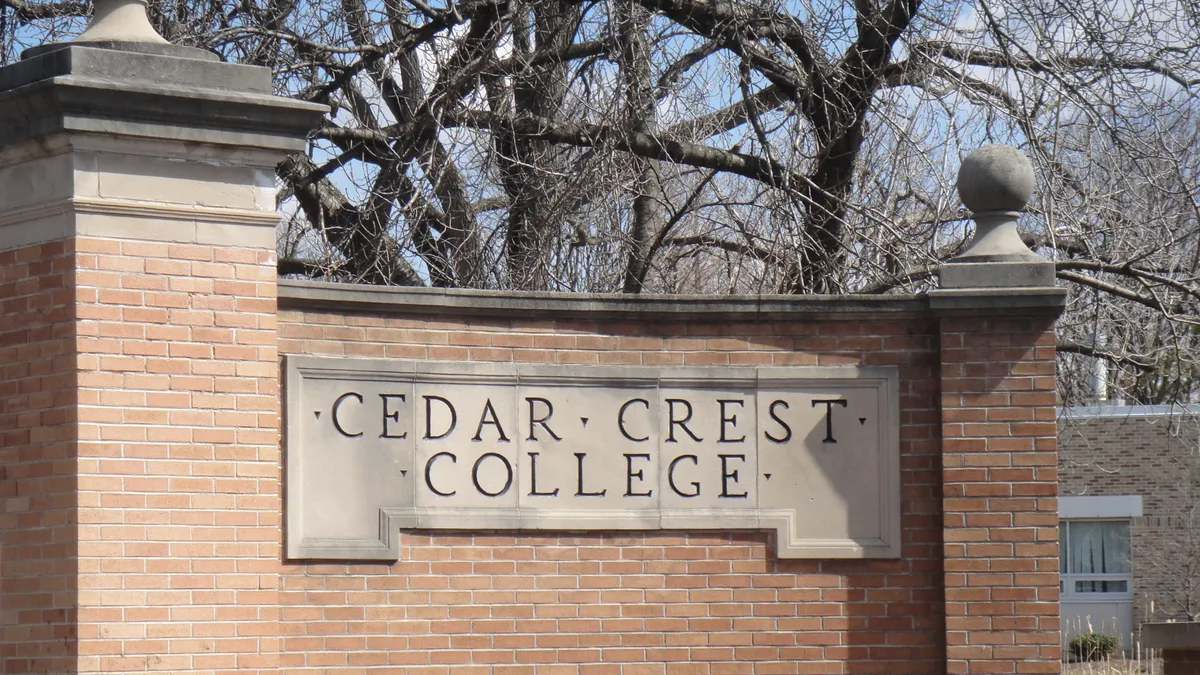Beth Martin is the president of Notre Dame de Namur University, a Roman Catholic institution in Belmont, California.
Higher education is not known for rapid change. This has been such a characteristic trait of the field that leadership guru Adrianna Kezar once called it “higher education’s immunity to change.”
Although any changes that did occur in higher education used to happen slowly, the rate of adaptation has sped up enormously in the last two decades. I have worked in the sector for 40 years, seeing firsthand this continued acceleration, with numerous forces in play now that will only gain momentum.
Taken together, these forces could pose an existential challenge to what higher education’s role and purpose in society has historically been. What they will need to look like in the world of tomorrow will be very different from when the first precursors of our modern colleges and universities formed during the Middle Ages.
To remain foundational pillars of society and equip students to become good citizens of the world, higher education institutions must grapple with these forces of change and form coherent strategies about how they wish to move forward. The time to do this is now.
The rise of online learning
One important theme to consider is, not surprisingly, technology. Even before the pandemic, we had known for some time technologies such as distance learning modalities were going to be the future.
However, for years, technological sophistication couldn’t match distance education’s true potential. All that has now changed, of course, and we have sophisticated learning management systems and instructional design that make it possible to deliver truly enriched curricula through distance learning.
The pandemic did not create the need for distance learning because the need was already there, especially for underserved groups. What the pandemic did was make it clear to everyone in the field that quality distance education was not only possible, but it could also equal in-person learning in nearly every way — and perhaps even surpass it in some respects.
Now that we are more than three years out from the pandemic’s onset, institutions finally have some breathing room.
Many schools have gone back to full or partial in-person learning, creating the temptation to coast along on the changes and progress made during the pandemic. However, now is the time to figure out how colleges and universities will continue to serve their students in a rapidly changing time with changing needs.
If not, colleges risk having to desperately scramble to make sudden pivots — just like during the pandemic — when it becomes clear that another crisis is upon us. Such a crisis might be due to demographic trends, students’ increasing concerns about the financial feasibility of higher education, a shifting socioeconomic landscape resulting in students having different goals, values, and priorities than from prior generations — or some combination thereof.
A changing student body
Whereas previous generations may have viewed higher education as the path for pursuing their intellectual passions, Gen Z students want more practical options that are closely tied to real-world work experience and skills. Meanwhile, they are also more passionate and vocal about sustainability and social justice issues.
Universities may therefore want to revise their programs and curricula to reflect these students’ different interests, or risk becoming seen as out of touch.
Adding to the challenge of this generational shift is the widely forecasted “enrollment cliff,” which refers to a decline in the college-age population expected to begin in 2025. Colleges and universities will not be able to rely solely on the traditional demographic of college-aged students who come from middle and upper-middle class families, are largely White and live in the suburbs.
According to the U.S. Census Bureau, just 23.5% of the U.S. population aged 25 and older have a bachelor’s as their highest degree.
To improve these statistics and prevent the expected drop-off from the enrollment cliff, institutions will need to cater more than ever to what used to be called “nontraditional” students: those who are older, have been working for several years and are likely to be raising families while working full time. This often includes people from historically underserved demographics, such as single parents and women of color.
Effectively serving these students will certainly involve technology because distance learning modalities make it possible for many of them to study in the first place. But technology alone is not the full answer — there will also need to be conceptual innovations of higher education’s role in society.
Rapid disruptions in jobs
With the exponentially rapid development of AI and all the potential innovations and disruptions it may bring in the years ahead, the jobs of today will not be the jobs of tomorrow. We are living in vastly different times, and the university’s traditional role as the steward of a classic liberal arts education will no longer be enough — nor is a college degree by itself necessarily enough.
Higher education must increasingly equip students with the skills and mindset to become lifelong learners — to learn how to learn, essentially — so that no matter what the future looks like, they will have the skills, mindset and wherewithal to learn whatever it is that they need and by whatever means. That spans from the commitment of a graduate program or something as quick as a microcredential.
Having survived the pandemic, university administrators, faculty, and staff no longer have their backs against the wall. Now is the time to take on these challenges and meet the future head on.







